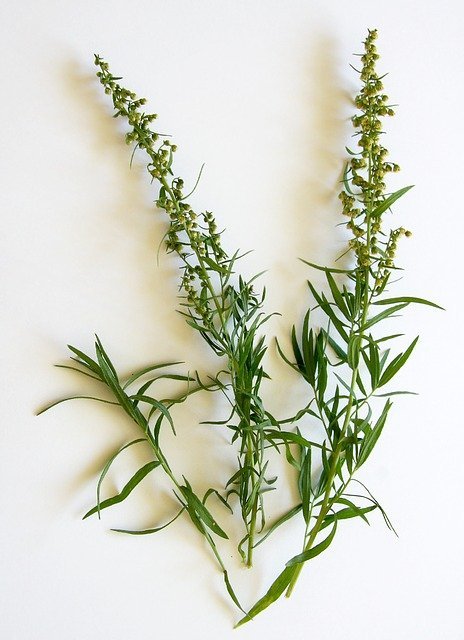Dehydrating is a way to preserve food without using any artificial preservatives. It forces the moisture out of the dehydrated food and results in an end product lasting for long periods. This article will discuss dehydrating tarragon in a dehydrator, which is one method you can use to dehydrate your herbs at home.
What Is Tarragon?
Tarragon is a leafy-green herb that adds an elegant and refreshing flavor to any dish. It can be obtained fresh or dried in every season, adding its delicate licorice taste. Tarragon complements fish and chicken dishes well, but it also works wonderfully as a salad dressing flavorsome addition for sauces!
Tarragon has been highly praised throughout history in French cooking recipes and many other culinary traditions worldwide because of how flavorful it is on top of being aromatic. Cooks everywhere love including tarragon leaves into their favorite food items like salads dressings, sauces, and meat-based recipes since they bring out a lovely sense of springtime delicacy.
How to Dry Tarragon Leaves
Drying tarragon with a dehydrator is easy! You’re want to make sure you have the right equipment for this, though. If you don’t already own a dehydrator, then I recommend getting one before starting your project. It’s not that expensive and will save so much time in drying out your favorite herb or spice!
- Firstly you need to wash the tarragon leaves to make sure they are free of any debris or dirt. Do not skip this step because dehydrating tarragon leaves with bacteria will put you at risk for food poisoning!
- Then, lay the herb out on a dehydrator tray, they will shrink as they dry, but make sure not to pile them up too high so that air can circulate properly and get into each stem evenly – this is very important for a successful outcome!
- Next, set it to dry according to your dehydrator’s settings instructions. I dehydrated mine at 95 Fahrenheit for four to six hours ( this will depend on your appliance and the humidity level of the area).
- Tip: Make sure to check after three hours.
- To check if they are ready, you’ll want to take a stem from the tray ( Make sure to let it cool, then give it a check if it is done). If it is brittle enough to snap, then the dehydrating tarragon leaves are done!.
- Once the dehydrating process is completed, remove the leaves from the stems of the tarragon.
Now that your dry tarragon is ready, you can chop the leaves to store them for further use in your dishes.
How Do I Store Dehydrated Tarragon Leaves
I recommend storing dehydrated tarragon in an airtight container. Vacuum sealed bags and mason jars are great options! Ensure to keep it away from direct sunlight, fatty foods, and humidity so that the leaves stay fresh for a more extended time.
The Health Benefits of Tarragon
- Tarragon is a low-calorie, low-carb food that packs in nutrients for your health.
- Tarragon is a good source of iron and manganese.
- May improve sleep
Why You Should Use a Food Dehydrator For Your Dried Herbs
- A dehydrator will stop herbs from getting moldy when stored properly.
- You can make batches of dehydrated herbs and store them for use throughout the year.
- It saves you money by not having to buy dried herbs from the store.
Recipes That Require Dehydrated Tarragon
Tarragon is a delicate herb that can be used in many different dishes. Here are some ways to use tarragon:
- Add it to fried or scrambled eggs.
- Garnish on roasted chicken.
- Add it into sauces, such as pesto or aioli.
- Creamy Tarragon Chicken Salad
- And much more!
Conclusion:
I hope this recipe guide has been helpful for your dehydrating tarragon needs. Let me know in the comments, on social media, or by using the contact form if you have any other questions about using a food dehydrator!

